The problem of cramped housing has existed at all times. It is no less relevant today. Therefore, furniture designers are constantly working on the invention of new furniture options for small rooms. One such solution is modular furniture. Let us consider in more detail its features.
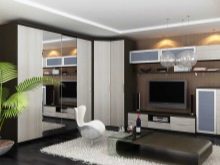
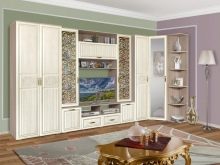
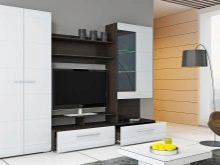
Advantages and disadvantages
First, a definition of “modular furniture” should be given. So, furnishings are called furnishings that are suitable for each other in design, color, size and material of manufacture. As a rule, they are sold separately, and from them you can compose various designs and create an individual design.
The strengths of modular cabinets are quite a lot.
- Universality. Suitable for rooms with a small area. Modular cabinets usually have a simple design and easily fit into a room with any layout and style. If necessary, to the closet that stood, for example, in the bedroom, you can buy a few additional elements, turning into a full-fledged headset for the living room or hallway. The same rule is relevant for the nursery when, as a child grows up, a chest of drawers or a bookcase similar in design is added to the main cabinet.
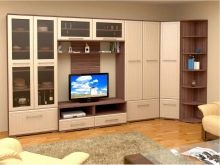
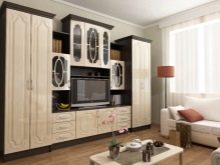
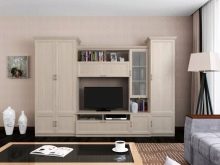
- Practicality. Modular cabinets can not only be rearranged from place to place, but also change something in their design - for example, change the distance between the shelves inside the cabinet, hang the door from one side to the other. Furniture studios offer to supplement the finished product with some decor elements - accessories for smooth opening of doors, a mirror, internal and external lighting, and the like.
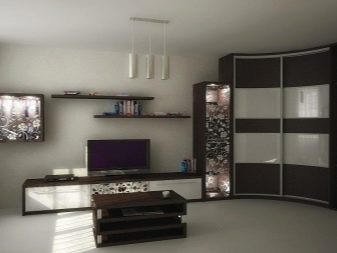
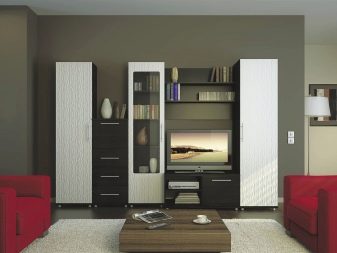
- Zoning space. This is especially true for studios and one-room apartments, where the living room often combines a hall, a bedroom, an office, and sometimes even a kitchen, as well as rooms with a free layout, where it is necessary to separate the entrance from the living room.
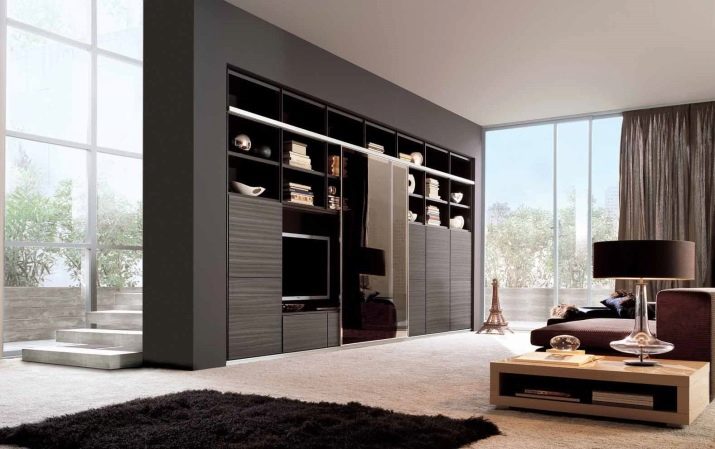
- Easy assembly. In case of repair, relocation or relocation, the cabinet is easy to disassemble and assemble in the right place.
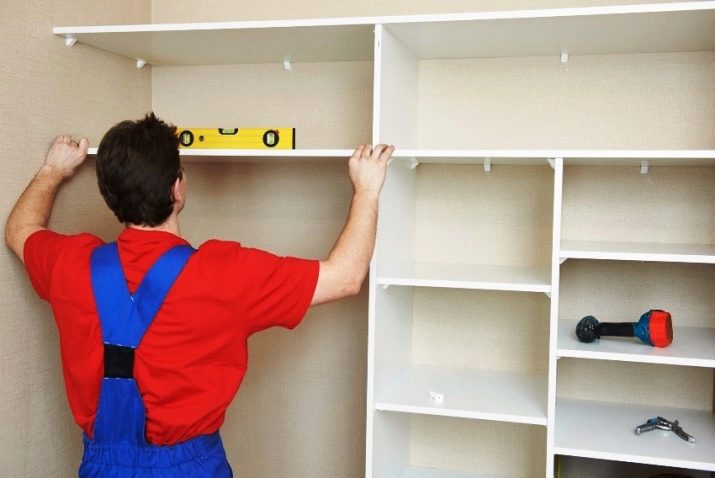
- Affordable price. Modular cabinets are most often produced in serial production, therefore, they have a more affordable cost compared to furniture made on an individual project.


However, with all its obvious advantages, modular cabinets are not without some imperfections.
- Standard sizesthat cannot be adapted to the individual dimensions of the living room. Therefore, before buying, you need to carefully measure the area of the room and think about whether it will be possible to buy something in the future if you decide to make a permutation.
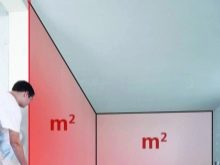


- Too simple design. Usually, serial furniture does not differ in original details and may seem too simple. In this case, the owners will have to think out the interior on their own.
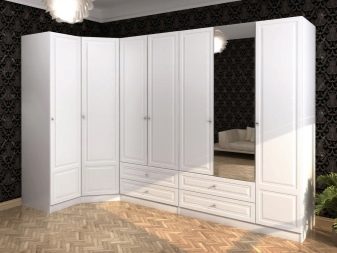
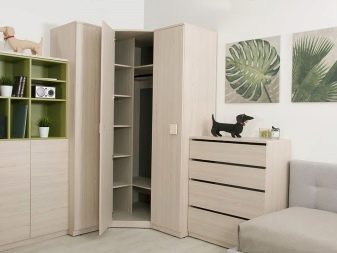
- Color differences. Sometimes it is difficult to get into color when purchasing additional modules. This happens if a cabinet or chest of drawers, purchased several years ago, has a slightly different shade compared to a module from the same series, but made a little later.
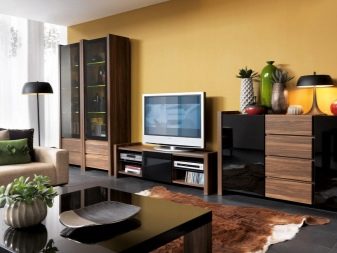
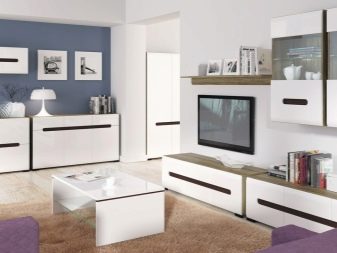
Varieties
Modular cabinets for the living room are distinguished by several criteria.
Depending on the purpose, there are cabinets special purpose and combined. Such modules store certain items. It can be a wardrobe for clothes or a bookcase, a sideboard for dishes, a cabinet for shoes and other items. In such cabinets, most often you can’t store anything except for the items for which they are intended.
Combined designs multifunctional they are equipped with many additional elements such as a basket for shoes, a holder for ties, a compartment for papers and other accessories. These cabinets are universal and suitable not only for the living room, but also for any other room.
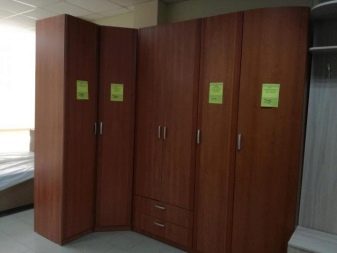
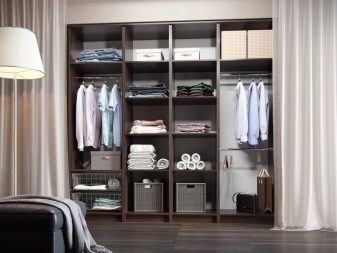
They can be used as an independent piece of furniture, as well as one of the elements of a slide for the living room.
The shape distinguishes several types of cabinets.
- Direct or as they are otherwise called linear. They are usually installed along one of the walls of the living room or across the room when they act as a partition between two different functional areas.
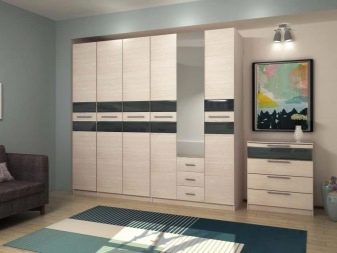
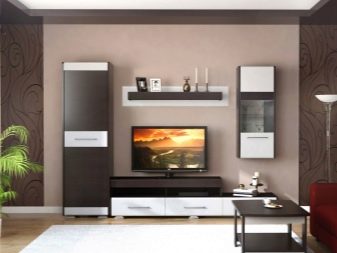
- Corner constructions are considered an ideal solution for a living room in a small apartment. This environment seems more compact and leaves more room for maneuver. Any additional modules are combined with a corner cabinet - a TV stand, a chest of drawers for linen and others.
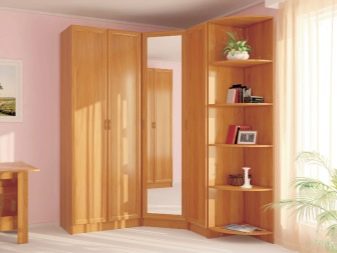

- Curly Cabinets usually have the shape of the letter "G" or "P". They consist of several modules, the main of which is angular, and direct elements are adjusted to it from one or both sides. Curly models of cabinets are very spacious and in demand.
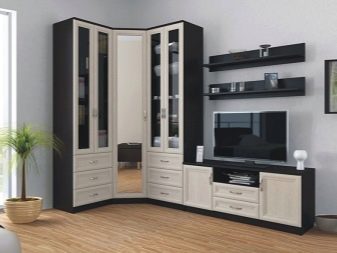
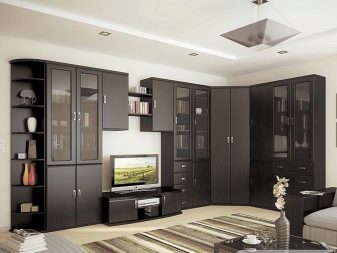
- Radius. Most often, such cabinets are also installed in the corner of the room, but unlike the corner version, the door is not straight, but curved to the inside or outside.
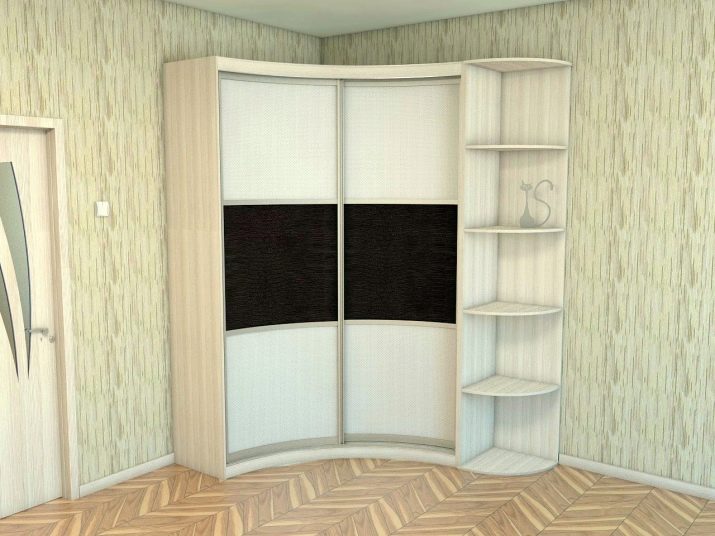
- Attached - can connect to the base element
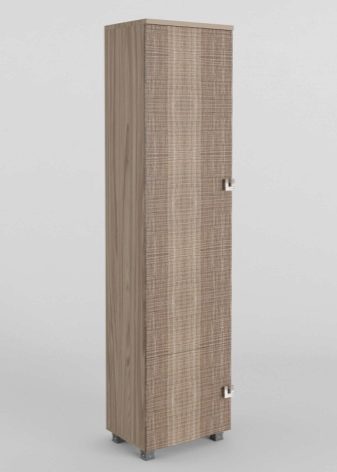
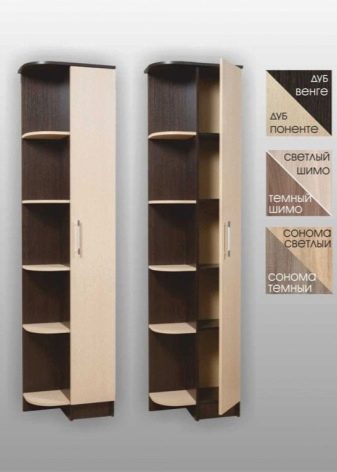
- Transitional - act as an intermediary between modules. You can also attach any other sections to them.
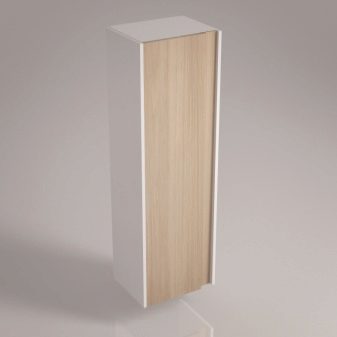
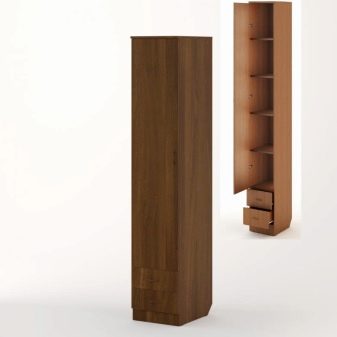
Modular cabinets can be open when there are no doors, in general, and closed. In the second embodiment, the doors may vary in design.
- Swing - A classic of the genre, where the doors are hinged. In a wardrobe, doors usually open to the side, and, for example, in a bookcase, they can open up or down.
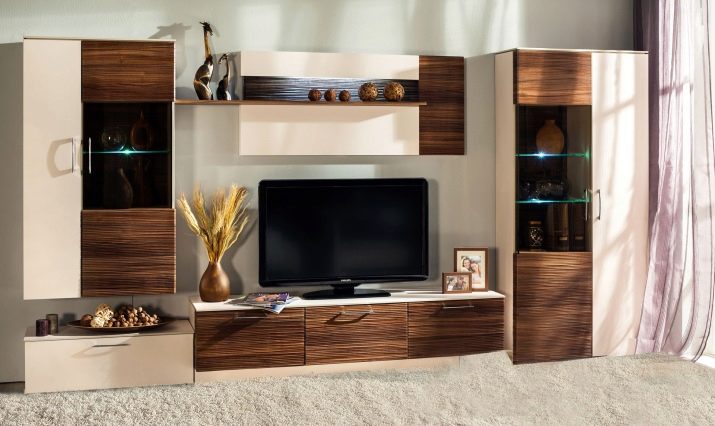
- Sliding doors are used in a “coupe” type system. They are driven by rollers. Their advantages include silent or quiet running, saving space in the room.
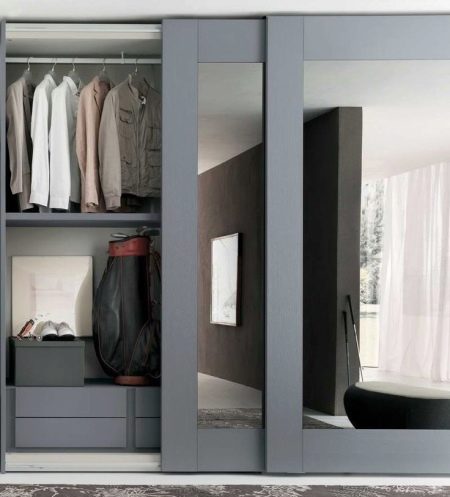
- Accordion door also saves space in front of the closet.
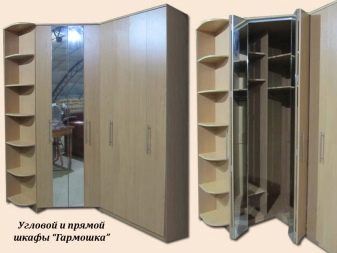
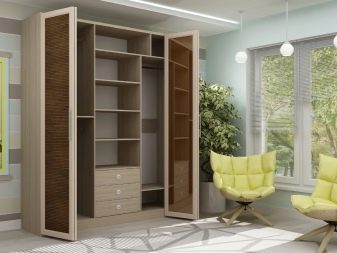
Materials of manufacture
Like any other furniture, depending on the style of room decoration, modular cabinets are made of various materials. For residential premises, such as a living room, decorated in a classic style, chipboards and wood-fiber boards are most often used. The second option is considered more environmental, but also more expensive.
Modern manufacturers also use combined materials for furniture production. For example, the frame can be made of chipboard, MDF or solid wood, the facade can be made of metal or plastic, and the internal shelves can be made of glass or the same plastic.
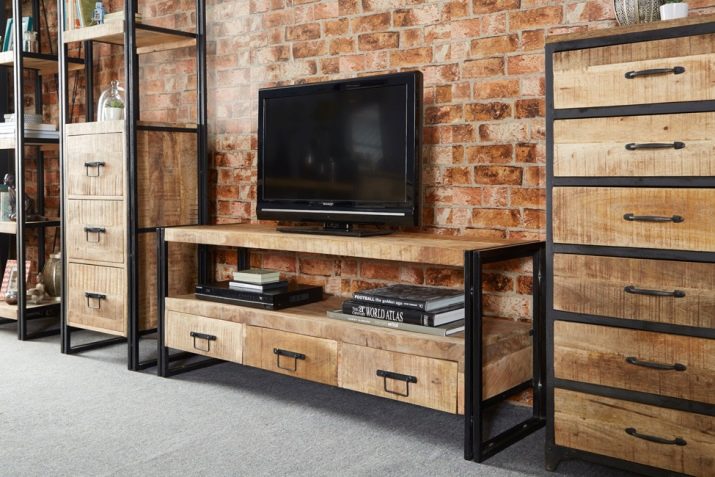
Sometimes an entire closet can be made of wood - usually these are dressing rooms for storing clothes. But since the cost of such a product will be high, it is usually made to order in a single copy, and modular furniture involves mass production.
Selection tips
The choice of a particular piece of furniture should be based primarily on the size of the room. If there is a shortage of free space, it is better to pay attention to modern wardrobes. You can buy them ready-made or assemble them yourself from the parts available in the store - then it will definitely fit the size. A small living room also should not be loaded with an excessive number of modules. So it will seem even smaller.

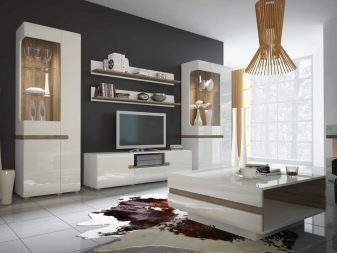
And you should also take into account the furniture that is already in the room. Since the living room is the main room of any housing, where all family members and guests usually gather, it should look presentable. Therefore, the spread of colors and external design is not allowed here. All modules, even if they were purchased at different times and in different places, should be combined with each other.
Stylists advise alternating modules of different heights - several tall cabinets nearby look bulky and messy.
The next point that you should pay attention to is how the cabinet will function, that is how convenient it will be to use it. Will the door touch other things when opening, and will it open completely. Cabinet height and shelf layout also matter. If one of the family members is short or, for health reasons, cannot reach the upper shelves, you should not buy a cabinet that is too tall.
In the next video you will see an overview of the corner wall in the living room.










